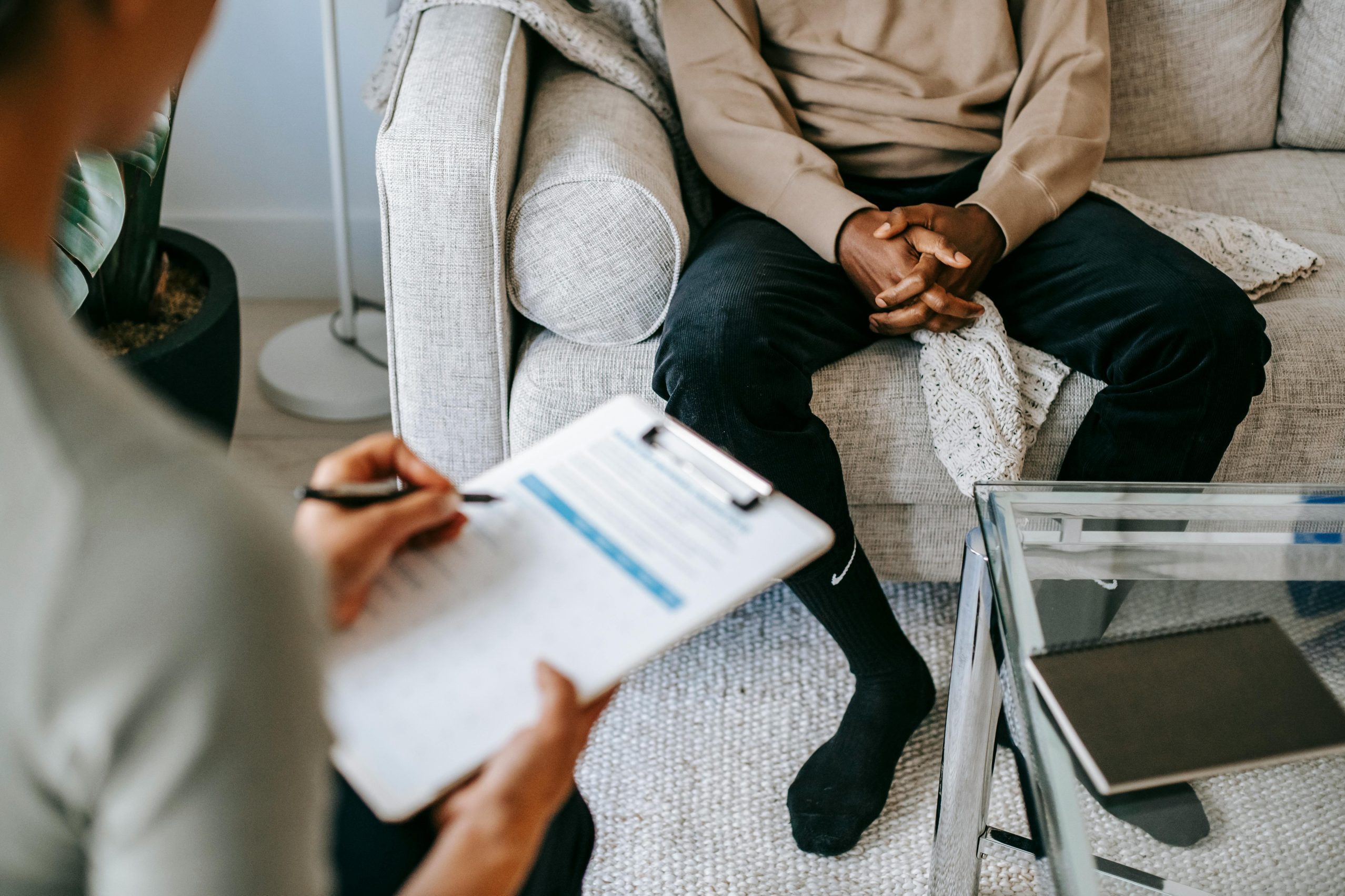Good case documentation should include documenting:
1
The protective efforts of the survivor to promote the safety and wellbeing of children
2
Safety planning actions, multi-agency support in place, survivors support network
3
The person causing harm’s patterns of behaviour and impact on the adult survivor, child survivor and parenting (pathways to harm).
4
Static risks factors (those that cannot change) and current risks and concerns including adult and child survivor’s emotional wellbeing and coping.
Language and framing:
• Try to identify the primary person causing harm, primary victim/survivor and whether there is evidence of violence resistance being used by the victim or the person causing harm is making false counter allegations and trying to present as the victim.
• Avoid using phrases that suggest that the abuse is bi-directional unless you have assessed and well evidenced that it is. E.g. abuse ‘between’ x and Y.
• Avoid using vague language such as ‘Mary is the victim of domestic abuse’ or ‘there was an incident’ or minimising e.g. ‘Bob was being unkind to Mary’ when you are actually meaning verbal abuse, threats, coercive control etc.
• Instead describe who did what to whom and the impact in a way that holds the person causing harm responsible. Be specific and give details. e.g. ‘Mary stated that last night Bob broke her arm and burnt her with a hot pan. He blamed her for his behaviour stating that the dinner was burnt. The children heard Bob shouting at Mary and saying that she is useless. They were too scared to come downstairs as last time there was a similar incident Bob threatened to cut the children with a kitchen knife. They saw Mary crying and helped her clean up as she could not use her arm.’
The link to the video below from Jackson Katz calls for us all to call out unacceptable behaviour and be leaders of change:
Jackson Katz: Violence Against Women- it’s a men’s issue.
Best Practice:
• Identify the source of the information (e.g.neighbour).
• Distinguish between facts and interpretations.
• Be confident to record what you notice.
• Name any assumptions you are making.
• Clearly record your assessment of risk and attach any tools used e.g. DASH any scoring plus professional judgement.
• Flag and tag cases where possible especially where a case has been identified and assessed as high risk. E,g ‘Domestic Abuse’, ‘MARAC’.
• Make sure to consider restriction of records – think online access by person causing harm, colleagues inadvertently giving away information, not disclosing that the survivor is accessing confidential specialist support.
• Record any safety planning advice given, code words, how to safely contact the victim/survivor and safety planning actions agreed – this reduces duplication and drift where cases get referred between agencies or to multi-agency case management e.g. MARAC.
• Learning from practice has highlighted that people causing harm are coercing survivors into giving them access to their online records, especially health records which are accessible on apps. Seek advice from the safeguarding lead within your organisation on how to safely record information.
• Clearly document additional risk information about the address or the person causing harm’s patterns of behaviour which poses a risk to other practitioners e.g. access to weapons and firearms, monitoring and tracking devices, threats and violence towards practitioners, or more generally towards a certain group of people e.g. women, ethnic minorities, LGBT+ people.
• Record key information and identifiers about adult survivors, person or people causing harm and children e.g. dates of birth, demographics, language needs, disabilities or other barriers to accessing services.
• Record information on any other people causing harm to the adult and/or child survivor e.g. wider family members or child who is experiencing abuse in their relationship and within the family home.
• Consider and record any concerns about the person causing harm posing a wider risk to other family members e.g. mother, father; or members of the public; where they have access to or work with children or vulnerable adults and make appropriate safeguarding referrals.
• Consider how and where to record information so it is accessible and key information including risks and safety planning actions are concisely summarised. This helps other colleagues within or outside of your organisation to understand the situation from reading the case file to support with accurate and effective risk and case management, minimising the survivor having to repeat themselves to multiple people.
Tools to support your practice:
First Light Crib Sheet Download
Useful prompts for questions and template on recording practical and emotional support planning for survivors who have experienced sexual violence.


